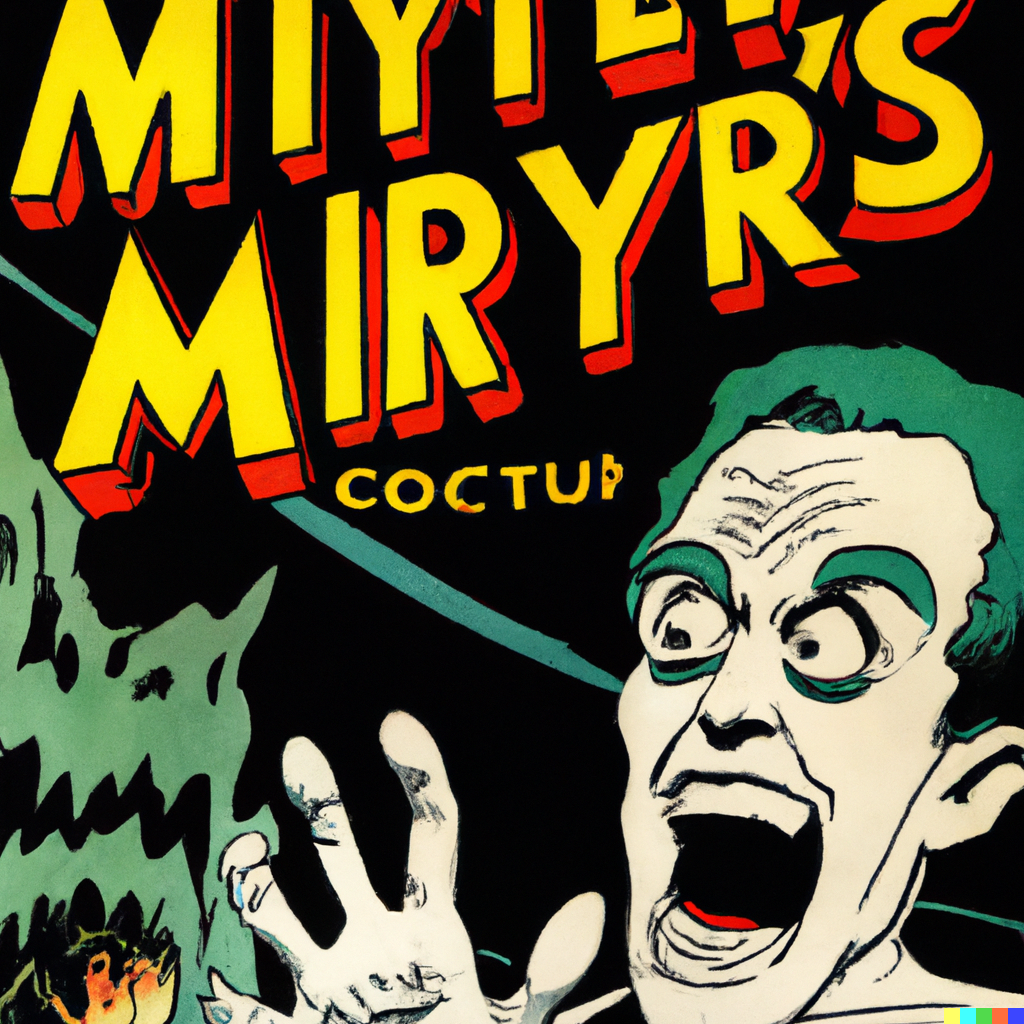I was recently lucky enough to buy an OLED monitor and it’s great. What is not so great is the amount of flickering I get in Gnome now when I have the experimental VRR setting enabled.
Now all OLED monitors have a certain amount of VRR flicker, but I am comparing it to my Windows duel boot and it’s absolutely terrible under Gnome, like just a noticeable increase in the amount of flicker under both games and the desktop versus Windows. The only way I get Windows to flicker as much on the desktop is if I turn on “dynamic refresh rate”, which kind of appears to be what Gnome is doing all the time. I can turn on the refresh rate panel on my monitor and Gnome can fluctuate all over the place, even on the desktop, whereas Windows is steady at max refresh (again one I turn off dynamic refresh rate, which is a separate setting then VRR).
For games the flicker is way worse using proton under Wayland (which GE supports). Hunt Showdown - which I play a lot, looks incredibly flickery when vsync and Wayland are turned on, it basically has a strobing effect.
Anyone else seen this in action? Any suggestions for a fix? Should I swap over to KDE for a bit until Gnome gets this straightened out or will Plasma have the same problems?


Beware, what you are comparing vsync off with vrr.
You have four options when it comes to screen refreshes:
Vulkan mailbox mode is pretty much this and doesn’t require game support (can be forced on with environment variables if it’s not already being used). And since almost everything is Vulkan on Linux these days, one way or another, that covers most games (might be compatibility issues in rare cases).